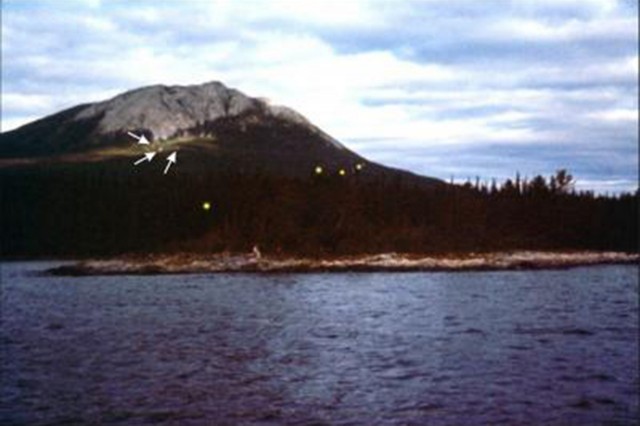Seismologists offer explanation for mysterious aerial light orbs preceding quakes
Ars Technica » Scientific Method 2014-01-07

"Earthquake Lights!?" exclaims one YouTube video published around about the time of the 2011 eruption of Japan's Sakurajima volcano. Or, it asks, "UFO FLEET!?!" In the earlier part of the last century, the latter might have been a common response, but now we know that the mysterious orbs of light in white or color that appear in the sky prior to and sometimes during an earthquake, sometimes with the appearance of a rainbow spotlight or flames and sometimes lasting for hours, are actually a result of seismic activity.
Recorded sightings date back to 89BC, according to a paper on the events penned in the 90s by an Italian priest, who also jotted down associated vapors, smoke, and odors of sulphur or bitumen in the hope of providing some explanation. Today, the evidence is all over YouTube, from the 2008 Sichuan earthquake to the 2011 Christchurch quake. They're no longer disputed, but they do remain unexplained. They're rare, so it's hard to investigate them. But now a team of seismologists behind a study published in Seismological Research Letters believes it has the answer: subvertical faults in continental rifts are releasing stress-induced electrical currents up to the surface as the ground is pulled apart.
The team referred to 65 of the most widely documented cases in Europe and the Americas, ranging from 3.6 to 9.2 on the Richter scale and dating back to 1600. The unexplained sightings have cropped up throughout history, but in the latter part of the 19th century Irish geophysicist and engineer Robert Mallet, who coined the term seismology, published On the Facts of Earthquake Phenomena in which these events, from 1606 BC to 1842, were gathered. Using this and other sources, the team refined the catalog—there are plenty of bizarre and false sightings among the genuine article, but "a large number of eyewitness reports from certain areas (e.g. Saguenay, Pisco, L'Aquila), coupled with similarities with respect to shapes and colors (eg. globes, flame-like luminosities) for incidences in very different regions of the world should be taken as evidence that EQL [earthquake lights] occurrences are real and a widespread phenomenon," writes the team.
Read 10 remaining paragraphs | Comments